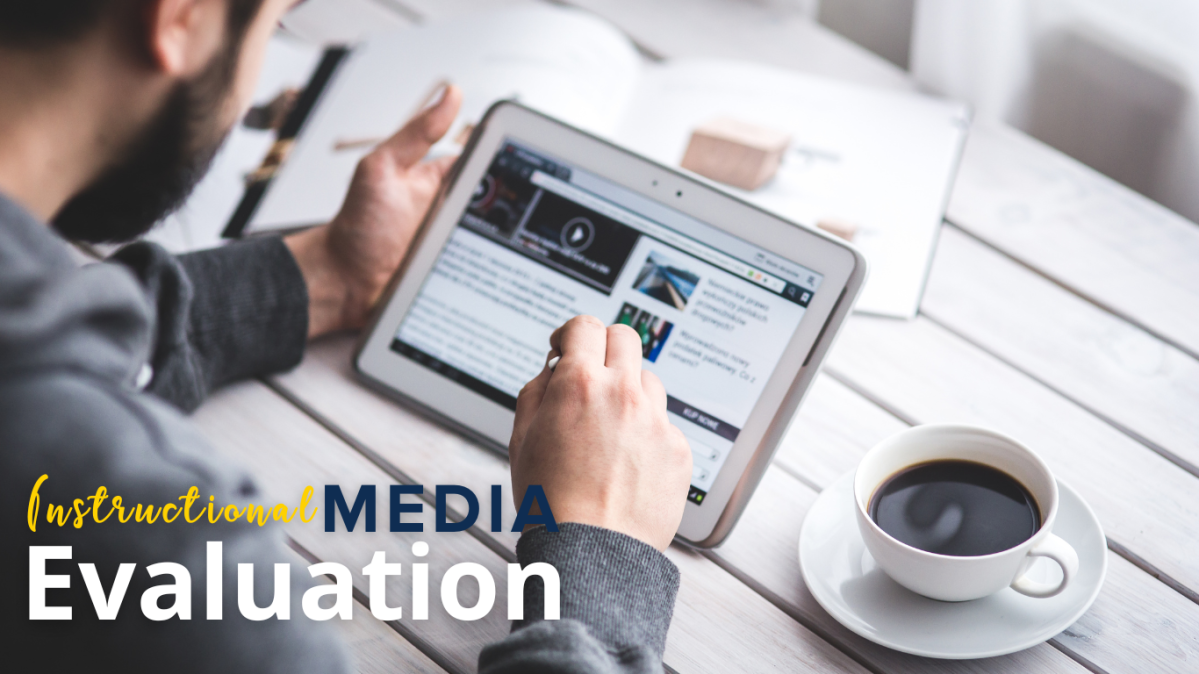Instructional media (images, video, and audio content) helps students visualize topics, practice skills central to a course, and allows them to interact with content in a variety of ways. At its best, high-quality instructional media “engages students, aids student retention of knowledge, motivates interest in the subject matter, and illustrates the relevance of many concepts” (Mateer, Ghent, Porter, et al., n.d.). Our eLearning team at SAU takes high-quality instructional content seriously, and we are currently developing new ways to determine the quality of media used in our courses.
Continue reading “Introducing Our New Media Assessment Rubrics”Category: Content
Digital Content Curation Tools for Education
Digital content curation tools allow us to easily create, collaborate, share, and evaluate educational resources and collections. With “[…] advances in technology, enhanced tools allow researchers to preserve their work in new venues and formats to reach new audiences. (Deschaine & Sharma, 2015, p. 20). In Curating an Instructional Content Collection for Teaching and Learning, I shared how to use content curation in course design to provide accurate, relevant learning resources and model 21st century information literacy skills. In this post, I’ll discuss digital tools for curating educational content.
Continue reading “Digital Content Curation Tools for Education”Curating an Instructional Content Collection for Teaching and Learning
Content continues to be published at staggering rates—and it’s only likely to increase. With the proper equipment, time, and an internet connection, anyone can publish content with relatively low effort. The value and accuracy of this content might not go through vigorous quality checks (or may be outright fictitious and created for malicious purposes), which means we must become savvy to identify, evaluate, and share the best resources.
Continue reading “Curating an Instructional Content Collection for Teaching and Learning”Creating Accessible Learning Materials – Microsoft PowerPoint
Welcome back! In Creating Accessible Learning Materials – Microsoft Word, I outlined some ways you can format your Microsoft Word documents to be more accessible. By maintaining the alt text, color contrast, and using the accessibility checker, your document should be accessible to anyone who needs it.
Continue reading “Creating Accessible Learning Materials – Microsoft PowerPoint”Creating Accessible Learning Materials – Microsoft Word
Our team has been infusing accessibility into our process for a while. In the blog series, “Formatting eLearning Documents,” former team member Wendy detailed how to effectively format documents in Microsoft Word and take full advantage of its features. I intend to add to that resource with my own article series, with a specific focus on accessibility.
In “Creating Accessible Learning Materials,” I’ll explore a few ways accessibility practices can be implemented when creating content in Microsoft Office. Today, I’ll focus on Word and briefly cover some useful tips to improve the documents you share.
Continue reading “Creating Accessible Learning Materials – Microsoft Word”Small Steps to Make Your Class a More Accessible Experience
Have you wanted make your class more accessible and inclusive, but you just didn’t know where to start? Maybe you know you should add accessibility into your course, but it feels like you don’t have enough time to redesign the whole course.
Accessibility improves the learning experience for all learners. Not every student discloses their needs (whether physical or cognitive, permanent or situational), so it’s important to take a proactive approach to create an inclusive learning environment.
When you pick small, manageable elements to focus on, you can slowly infuse accessibility into your course each time it runs. With a few changes, you can start to make your course materials more accessible.
Continue reading “Small Steps to Make Your Class a More Accessible Experience”Creating and Maintaining Instructional Videos
When paragraphs of instructions aren’t doing the trick, videos can guide visual learners through steps to complete a task. Whether it’s something physical or on a computer, sometimes the best way to show someone how to do something is to, well… show them! The recording process can sometimes be long and you may need to do some editing after the video is submitted, so here are some tips to help you get the right video the first time and keep it accurate.
Continue reading “Creating and Maintaining Instructional Videos”Just-in-Time Resources for Faculty
In 2020, the need for ongoing support became even more apparent as educators struggled with the uncertainties from the COVID-19 pandemic. In a recent post about the importance of supporting faculty and adjuncts through ongoing training, Ann describes how “Providing more opportunities for faculty training and development is one of the first steps we must take in order to empower faculty to make the mission of higher education a reality.”
Continue reading “Just-in-Time Resources for Faculty”Remote Learning: A New Journey
In the time of Covid-19, we’ve been thrust into The Lord of the Rings: Journeys in Middle-earth. We have to battle villainous foes, make courageous choices, and strike a blow against the evil that threatens the land. This is the best way I know to describe the feeling as we find ourselves in with little to no advanced warning—forced by circumstance to teach all courses online.
Continue reading “Remote Learning: A New Journey”Sharing Accessibility Stories: Making eLearning for Everyone
In November 2019, several members of our eLearning team attended Michigan State University’s (MSU) 5thannual Accessible Learning Conference (ALC). The theme of the conference was storytelling, emphasizing that the core of accessibility is “people and their stories.” As someone who’s been a student in the communication and theatre fields for almost a decade, this theme struck a chord with me. Often, at both private and public universities, the majority of students’ disabilities are often unidentified, so their stories go untold. These untold stories create a roadblock in these students’ ability to succeed in learning environments.
Continue reading “Sharing Accessibility Stories: Making eLearning for Everyone”










You must be logged in to post a comment.